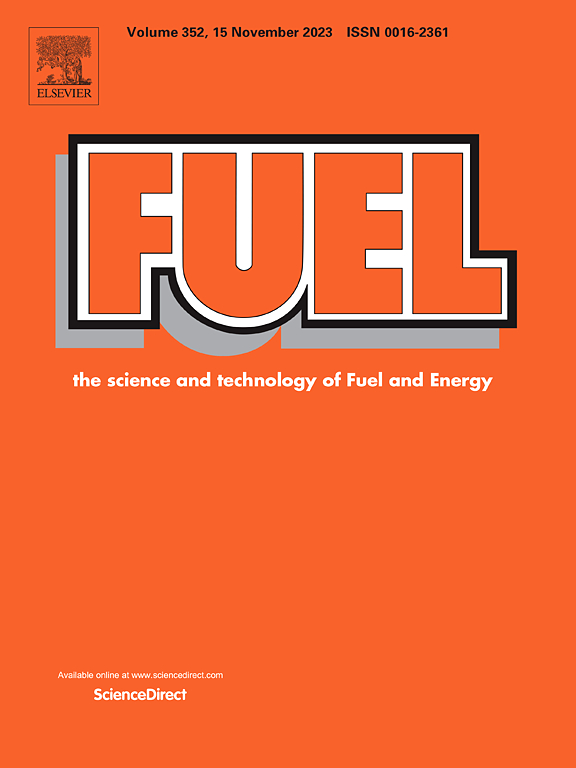Intensifying the charge transfer on N–(CxNx+1) catalysts system: A cutting–edge approach for sunlight driven hydrogen production†
IF 6.7
1区 工程技术
Q2 ENERGY & FUELS
引用次数: 0
Abstract
Energy crises and global warming have become significant challenges for the developing countries, whereas competent authorities and policymakers ignore the urgency of implementing sustainable solutions, despite the serious nature of energy concerns. Additionally, both issues have been ignored rather than paying attention. I strongly believe, these can be resolved by the proper implementation of scientific and advanced technologies. On the other hand, atmosphere is consistently polluted due to extensive use of fossil fuels that are major contributor of global warming. To save the life on earth, green and carbon free atmosphere is necessary. This project has been designed to explore an alternative source in the form of hydrogen that potentially can produce from water (i.e. renewable source). For this purpose, nitrogen doped graphitic carbon nitride N–(CxNx+1) catalysts have been synthesized and assessed for hydrogen production. Catalysts have been prepared via melamine precursor, whereas nitrogen doping was achieved by the hydrothermal treatment. Morphology and optical characteristics have been assessed via XRD, FT–IR, Raman, UV–Vis–DRS, PL, TRPL, EIS, SEM and AFM analytical techniques. Purity, chemical compositions and electron transportation were confirmed by EDX, XPS, EIS and EPR studies. Catalytic reactions were performed in photoreactor (Velp–scientific), whereas hydrogen evolution activities were monitored with gas chromatography (GC–TCD Agilent/7890A). Results revealed that N–(CxNx+1) is more active catalyst that delivers almost 5 times more hydrogen (i.e. 16.39 mmol g–1 h–1) than pristine gCxNx+1 (3.25 mmol g–1 h–1). Results indicated that nitrogen dopants facilitate extra electrons on pi–conjugated system that make it more nucleophilic to readily react with H+ (electrophilic moieties). During the photoreaction, nucleophilic pi–conjugations of N–(CxNx+1) shift fermi energy levels to promote electron transfer on the active sites. On the basis of results and catalytic activities it has been concluded that ascribed catalysts have potential to replace the costly and conventional catalysts associated with hydrogen energy technologies.

求助全文
约1分钟内获得全文
求助全文
来源期刊

Fuel
工程技术-工程:化工
CiteScore
12.80
自引率
20.30%
发文量
3506
审稿时长
64 days
期刊介绍:
The exploration of energy sources remains a critical matter of study. For the past nine decades, fuel has consistently held the forefront in primary research efforts within the field of energy science. This area of investigation encompasses a wide range of subjects, with a particular emphasis on emerging concerns like environmental factors and pollution.
 求助内容:
求助内容: 应助结果提醒方式:
应助结果提醒方式:


